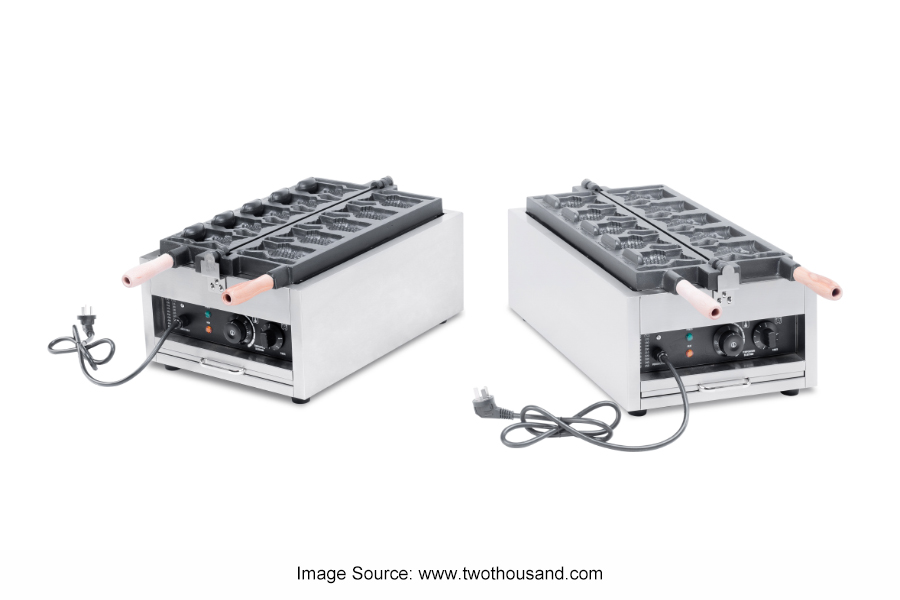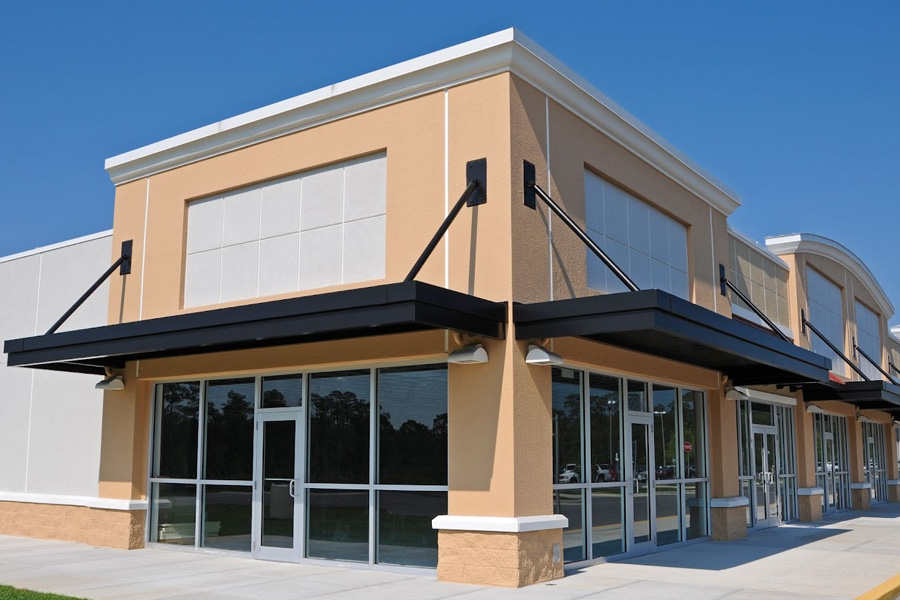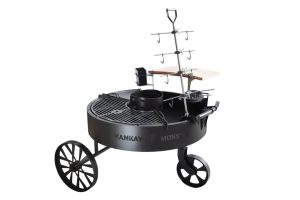Buying Commercial Kitchen Equipment: Used vs. New
Equipping a commercial kitchen is a significant undertaking for any restaurant or food service establishment. One of the key decisions you’ll face when purchasing kitchen equipment is whether to buy new or used. Each option comes with its own set of advantages and considerations. In this blog, we’ll explore the pros and cons of buying used and new commercial kitchen equipment to help you make an informed decision.
Buying Used Commercial Kitchen Equipment:
Pros:
Cost Savings:
One of the most significant advantages of buying used equipment is cost savings. Used equipment is typically more budget-friendly than brand new items, making it an attractive option for businesses with limited capital.
Immediate Availability:
Used commercial kitchen equipment is readily available in the secondary market. This means you can acquire the equipment you need quickly, which is beneficial if you have tight timelines for opening your restaurant.
Reduced Depreciation:
Unlike new equipment, which experiences significant depreciation upon purchase, used equipment has already undergone most of its depreciation. This can be financially advantageous in the long run.
Cons:
Uncertainty of Condition:
The condition of used equipment can vary widely. It may require repairs or refurbishment, which can add to the overall cost. You may also need to replace parts or components.
Limited Warranty:
Used equipment may not come with warranties, or any existing warranties may have expired. This can leave you responsible for repair and maintenance costs.
Potentially Outdated Technology:
Older used equipment may not have the same energy efficiency or advanced features as newer models, resulting in higher operating costs.
Buying New Commercial Kitchen Equipment:
Pros:
Reliability and Warranty:
New equipment is generally more reliable and comes with manufacturer warranties. This means you can count on the equipment to perform as expected and have peace of mind in case of defects.
Energy Efficiency:
Newer models are often designed to be more energy-efficient, helping you save on utility costs and reduce your environmental footprint.
Advanced Features:
New equipment may include modern features and technology that can enhance efficiency, safety, and ease of use in your kitchen.
Cons:
Higher Initial Cost:
The primary drawback of new equipment is the higher initial cost. The investment can be substantial, particularly for businesses with limited budgets.
Depreciation:
New equipment experiences significant depreciation upon purchase, which can impact your business’s financial statements.
Lead Time:
Ordering new equipment may involve longer lead times, potentially delaying your kitchen’s opening.
Overall, the choice between buying used or new commercial kitchen equipment depends on your budget, immediate needs, and long-term goals. Used equipment can offer cost savings, but it may come with uncertainty about its condition. New equipment provides reliability and advanced features but at a higher upfront cost. Weigh these factors carefully, consider your specific requirements, and choose the option that best aligns with your business’s goals and financial situation.





Post Comment
You must be logged in to post a comment.